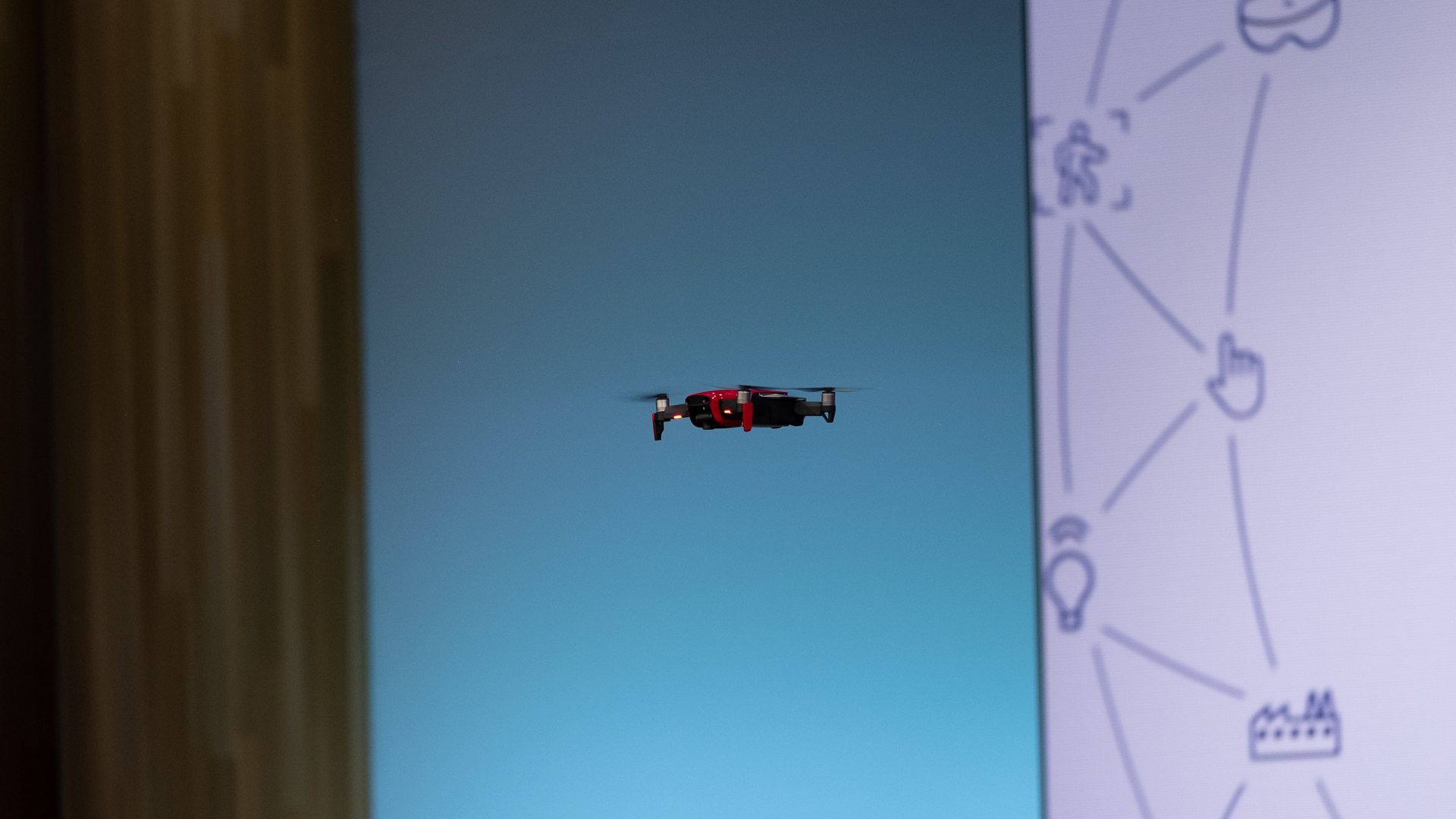INSUBCONTINENT EXCLUSIVE:
Authors: Super UserMicrosoft has always been big on Vision learning and now the company is partnering up with some of the biggest names in
imaging.On the first day of its Build 2018 conference, Microsoft announced it is partnering up with DJI to develop commercial drone
Before you start imagining a dystopic world of airborne surveillance, the two companies plan to develop drones for the agriculture,
construction, and public safety industries.Together with DJI, Microsoft hopes to build life-changing solutions, such as applications that
can help farmers produce more crops.Additionally, Microsoft is also partnering with Qualcomm in a joint effort to create a vision AI dev kit
(pictured in the lead image) running Azure Internet of Things (IoT Edge)
The companies hope to create a camera-based IoT solution that can power advanced Azure services like machine learning and cognitive services
– which we’ll get more into shortly.Qualcomm isn’t just providing the silicon in this team up, the company’s Vision Intelligence
Platform and AI Engine will also help accelerate the hardware inside the vision AI developer camera kit
Azure services will be a big component to the developer platform, powering the machine learning, stream analytics and cognitive services –
all of which can be downloaded from the cloud to run locally on the edge (aka non-connected AI).Team-ups aside, Microsoft is also bringing
Project Kinect back, but this time for Azure
The repurposed device still contains all the unmatched time of flight depth camera and onboard computing power as previous editions, but now
it has been reprogrammed for AI on the Edge.Azure meets AIAzure, Microsoft’s cloud computing service has always been tangentially related
to the company’s burgeoning AI ambitions, but that all changes today
Along with partnerships, Microsoft let loose a fury of announcements that Azure will power multiple new projects in artificial
intelligence.First up, Microsoft is opening up the Azure Internet of Things Edge Runtime, which will allow developers to modify and
customize applications at the edge.That might not seem like it will matter much to you now, but there could be big implications in the
Microsoft expects that there will be 20 billion connected IoT devices by 2020, and the company wants to help to get them online to share
information in their greater Intelligent Cloud.The Azure IoT Edge Runtime also serves as a sort of backbone and platform from which all of
Azure’s new AI driven applications will be built upon.To this end, Microsoft also announced the first Azure Cognitive Service available
With this, developers will be able to more readily build applications that use powerful AI algorithms to interpret, listen, speak and see
Azure Cognitive Services itself is also seeing an update with unified Speech service that makes it easier for developers to add speech
recognition, text-to-speech, customized voice models and translation to their applications.Microsoft has also updated its Bot Framework,
which when combined with its new Cognitive Services updates, will enhance the next generation of conversational bots
The software company expects its future bots will deliver richer dialogs, full personality and voice customization for developers.Last but
not least, Microsoft previewed Project Brainwave, an architecture for deep neural net processing that will theoretically make Azure the
fastest cloud to run real-time AI today.7CwvNkvtUTFHVdjf4V3rXZ.jpg#

